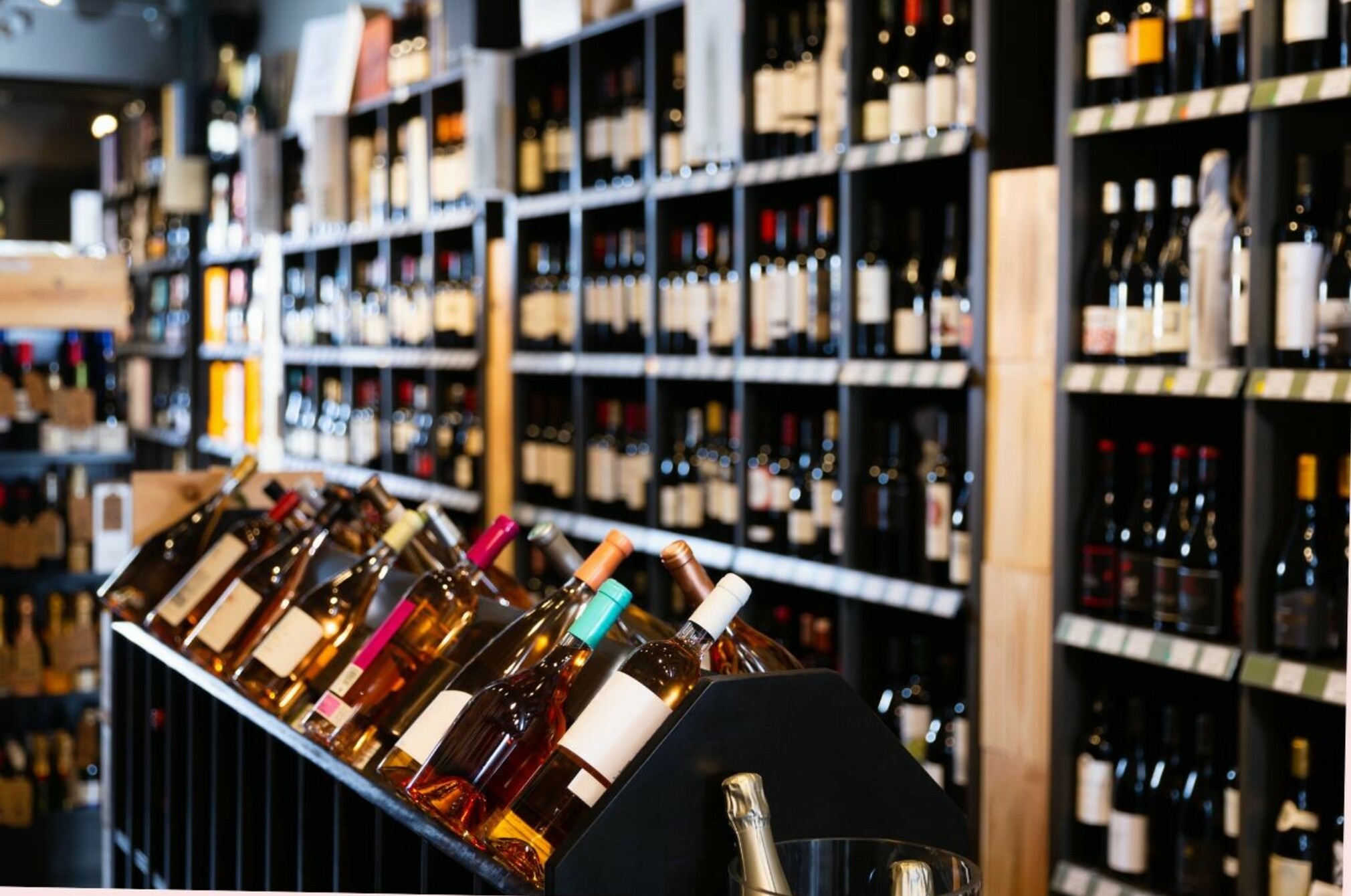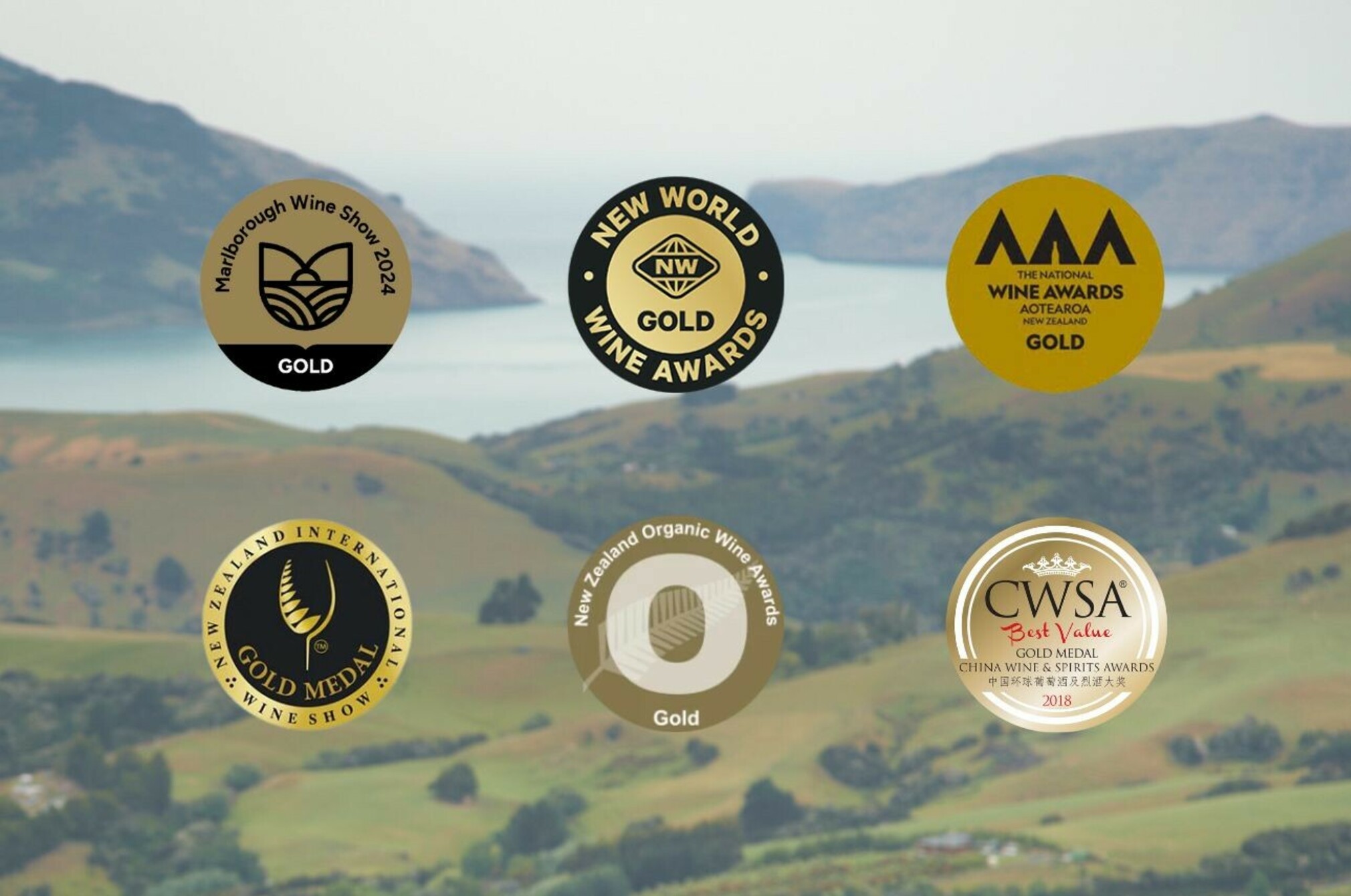Wine awards and reviews: Can you trust them?

Picking a bottle of bubbly for a summer barbie is a daunting task. A shiny medal or expert rating stuck to the bottle is sure to impress, but what do these labels really mean?

When it comes to buying wine, I’m a creature of habit. I’ll look for specials but usually fall back on the wines I know. However, I’ve also been known to be tempted by the shiny stickers, claiming gold medal status or a five-star review.
On a recent trip to my local supermarket, I found bottles covered with regional, national and overseas medal stickers, as well as ratings from several New Zealand wine reviewers.
But can I trust these labels to help me avoid buying a sub-par sauvignon blanc or a rank riesling? To find out, I spoke with Bodo Lang, a professor of marketing analytics at Massey University.
Check what’s on the labels
Professor Lang isn’t surprised consumers are feeling overwhelmed by the variety of wines available. Shopping online at Pak’nSave, you can choose from more than 550 wines, and Woolworths offers a staggering 1,000 options. Consumers will be overwhelmed by that many options, therefore they will use decision short cuts to help them make a choice.
“While price is one of the most frequently used decision short cuts – more expensive wines are generally regarded as higher quality – award labels and reviews are powerful marketing tools that can influence a purchase in the wine aisle. The impact of the award or review is even more powerful if a wine is being bought as a gift or for a special occasion. Research has also shown that younger consumers and less experienced wine buyers rely more heavily on them.”
But before relying on a shiny sticker, Lang told us you need to check whether the label is for an award or review or just relates to a feature of the wine or vineyard.
“Many consumers are likely to rely on the visual impression of a stick-on wine label and may be misled by ‘look-alike’ stickers that look similar to a wine award or review sticker.”
For example, some stickers might flag that the winery is family-owned, is organic, or is in a partnership with another organisation. On a bottle of Haha sauvignon blanc, we found a label stating it’s a “Proud Partner of the New Zealand Rural Games” next to a wine review label.
Australia has developed a Wine Industry Display of Awards Code of Practice that all wines being entered in an Australian wine show must comply with. If the wine has received an award, the competition and year of award must be displayed; wording such as “Winemaker of the Year” can’t be used to imply an individual wine has received an award; and gold, silver or bronze discs (or in combination with a black disc) can’t be used to promote events or sponsorship deals.
New Zealand Winegrowers, the national organisation for our country's grape and wine sector, doesn’t have specific guidance about displaying medals and awards. However, communications manager Chrissy Powlesland told us its labelling guide sets out obligations under the Fair Trading Act, which prohibits misleading or deceptive conduct.
“New Zealand Winegrowers is not a regulatory body. Ultimately, wine labelling is a matter for individual businesses.”
Professor Lang said while award and review labels can help identify a good wine, a lack of an award or review label doesn’t mean the wine is of poor quality – it could mean a wine hasn’t been entered in a competition or submitted for a review.
“The best wine is the one you like that doesn’t break the bank – regardless of whether it’s won an award or not.”
How wines win competition medals
Wines receive awards through regional, national and international wine shows and competitions.
Wineries choose to enter a competition, and there’s usually a fee to enter. Some competitions also charge additional fees to promote wines that score highly. Judging protocols vary between competitions, but wines are usually judged in similar classes – usually by grape variety.
A judging panel - usually made up of winemakers and experienced wine judges - will blind taste each wine against a set of criteria. Depending on the competition, wines are typically scored out of 100 points, with those over a certain score receiving a gold, silver or bronze medal. It’s possible all entries could earn an award if they scored highly enough – it’s not like the Olympics, where medals are only given for the top three.
Professor Lang said few consumers may be aware of this and wrongly assume a gold medal is equivalent to the best in the competition, rather than meeting a certain standard. Lang said in that sense wine award labels are a bit like school grades.
These competitions usually also hand out trophy or champion awards for wines chosen as the best in their category.
The wineries that have achieved the grade can then buy the relevant stickers to put on and promote their wines. Most competitions will provide the digital artwork for free.
Here’s a summary of the wine award stickers I found in my local supermarket.

Marlborough Wine Show
Regional wine competition run by Wine Marlborough. Only open to Marlborough wines. In 2024, more than 500 wines were entered. 86 gold medals awarded.
Awards: Gold, silver, bronze, trophy.
Entry fee: $76 + GST. Medal stickers purchased separately.
New World Wine Awards
Wine competition run by Foodstuff’s New World supermarket. Open to wines that retail for $25 or less. In 2024, more than 1,200 wines were entered. 110 gold medals awarded. Gold medal wines are retasted and ranked by senior judges, with the top-scoring wines being included in the Top 50 list. The Top 50 list is promoted by the supermarket.
Awards: Gold, silver, bronze, champion.
Entry fee: $100 + GST. Entry fee covers 1,000 stickers each for gold and silver medal winners. Bronze medals and additional stickers can be purchased separately.
The National Wine Awards of Aotearoa New Zealand
Wine competition owned by the Auckland Agricultural and Pastoral Association. Open to New Zealand wines. These awards replaced the Royal Easter Show Wine Awards. In 2024, there were 790 wines entered. 85 gold medals awarded.
Awards: Gold, silver, bronze, trophy.
Entry fee: $105 + GST. Medal stickers purchased separately.
New Zealand International Wine Show
Wine competition open to wines from any country or winemaker. Claims to be the largest wine competition in New Zealand. In 2024, 1,550 wines were entered. 272 double gold and gold medals awarded.
Awards: Double gold, gold, silver, bronze, trophy. Wines awarded 93 points (out of 100) or higher are rejudged before a final medal score is confirmed. A double gold medal is awarded when a wine receives a unanimous gold medal from the chief judge, the three assistant chief judges and the respective senior judging panel.
Entry fee: $90 including GST. Medal stickers purchased separately. All wines that receive a double gold or gold medal are automatically included in “The Champions List” and must pay a promotional fee of $250 + GST. Wines in this list will be promoted by the show organiser.
Aotearoa New Zealand Organic Wine Awards
Wine competition open to wine produced from organic grapes certified by a New Zealand organic certifier. Unlike, other wine competitions, the judging panel is consumer-based rather than professional judges and does not include any winemakers. The show’s curator said it uses this approach to avoid conflict of interest, and to get the opinion of regular wine buyers to support its mission of converting people to organic wines. In 2024, 285 wines were entered. 51 gold medals awarded.
Awards: Gold, silver, bronze, champion.
Entry fee: No entry fee. Medal stickers purchased separately.
China Wine & Spirits Awards
Wine and spirits competition that takes place in China. Wines are grouped by price level.
Awards: Double gold, gold, silver, bronze, champion.
Entry fee: GBP300. Medal stickers purchased separately.
How wines receive wine review labels
There are several New Zealand wine reviewers who evaluate submitted wines.
Unlike competitions, wines aren’t reviewed “blind”, and there’s a concern reviewers have a vested interest in giving high reviews. A winery is unlikely to pay for future reviews if a reviewer gives them a mediocre review.
However, Sam Kim from the wine review website Wine Orbit told us most New Zealand wine reviewers are experienced judges and have been reviewing wines for many years, Most also judge at national shows and competitions.
“As a wine reviewer, it’s not in our best interest to give a wine a high review to keep the winemaker happy. This risks damaging our brand in the long term,” said Kim.
Kim said wine reviews have advantages. Companies can submit any wine being released – they don’t need to wait for an annual competition. Fees are lower – he charges $34 per review. Raymond Chan Wine Reviews (wines are reviewed by Candice Chow) charges $46.
Not all wine reviewers charge a fee. Although, reviewers may require wineries to sign up for a subscription plan in order to promote the reviews on marketing material including company websites.
Master sommelier Cam Douglas provides a free service but charges $150 for a fast review with a one-week turnaround. A 24-hour turnaround costs $250.
The Real Review also doesn’t charge wineries to submit wines for tasting. Its review team includes Bob Campbell (a master of wine). For $79 a year, you can become a member to access wine reviews and other advice.
Wineries can buy review stickers to put on their bottles. A roll of 1,000 stickers from Raymond Chan Wine Reviews costs $50 + GST, Cam Douglas charges $60 and The Real Review stickers cost $69 for members (non-members pay $84).
Professor Lang’s top tips for wine shoppers
- Check any wine bottle labels are for awards or reviews and not simply highlighting a feature of the wine or vineyard. Even if it’s a review label, bear in mind that the reviewer may prefer a different taste to you.
- Take advantage of in-store tastings. It’s a good opportunity to try new wines before you part with your money.
- Read the label. It can give extra information about a wine’s flavour, and some suggest food matches.
- If a bottle doesn’t have an award or a review sticker it doesn’t mean it’s a bad wine. It could mean it hasn’t been entered in a competition or submitted for a review.
- The ultimate judge of taste is you, so trust your taste buds. Conducting blind taste tests with friends is a great way to find out which wine you like best without being influenced by brand names, award stickers or fancy label designs.

Subscribe to our newsletters
Get even more Consumer NZ news and invitations to share your voice on important issues straight to your inbox. You don’t have to be a member to have these newsletters emailed to you regularly.
Member comments
Get access to comment